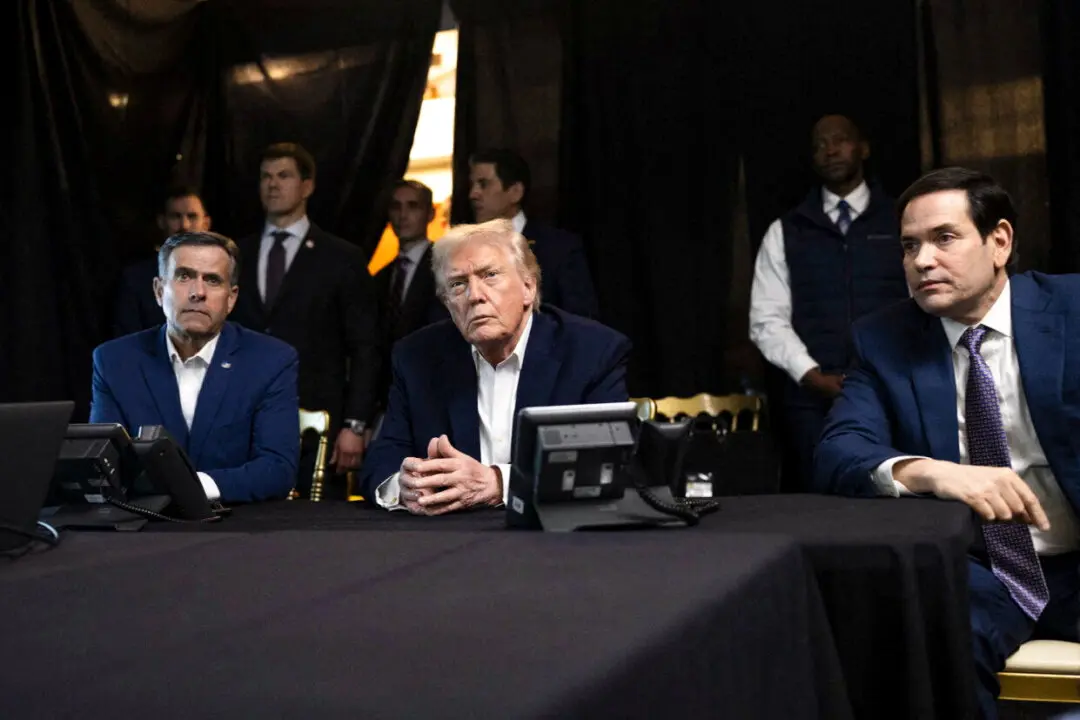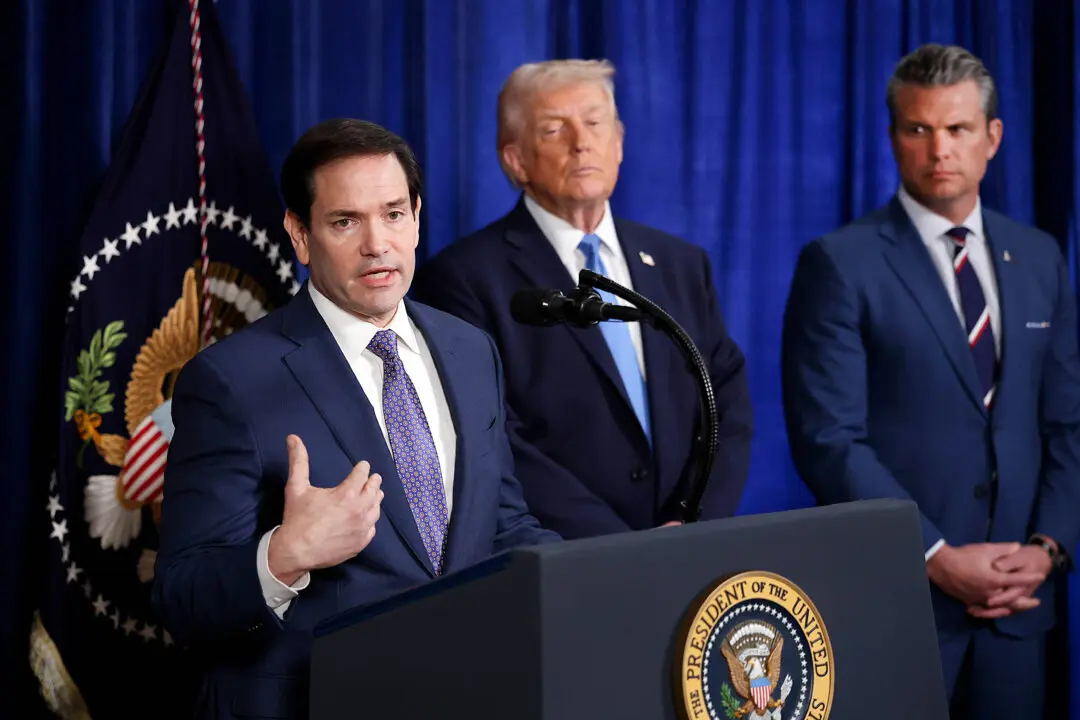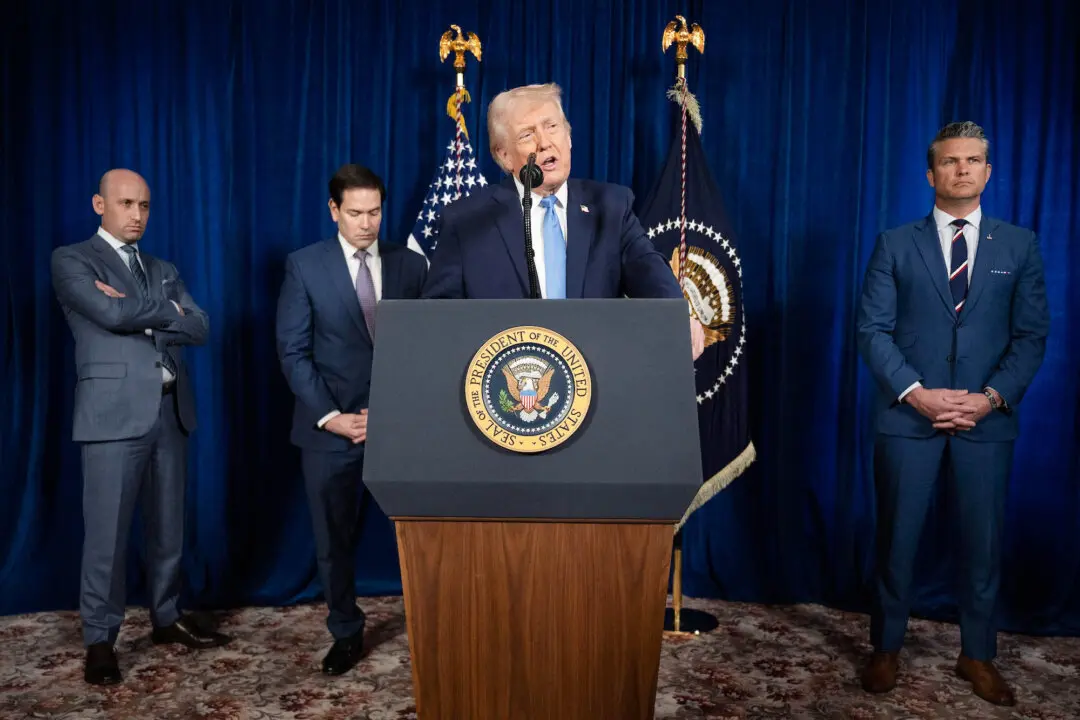The start of a trade war between the United States and China comes at a difficult time for the Chinese economy. Domestic economic growth is slowing down and tariffs are expected to put more pressure on growth, experts say.
China’s total exports to the United States accounted for 3 percent of China’s gross domestic product (GDP) in 2017. U.S. tariffs on Chinese exports could cut between 0.1 and 0.5 percentage points off Chinese economic growth, depending on the scale and intensity of the conflict, according to Zhu Haibin, chief China economist at JPMorgan.





